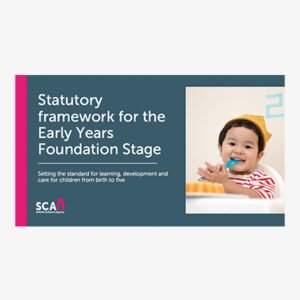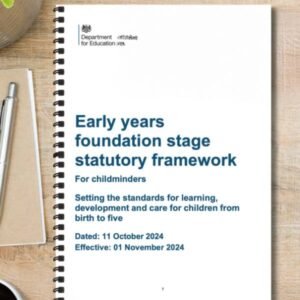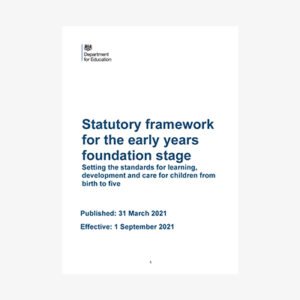Risk Assessments
£5.00
A risk assessment involves evaluating all aspects of a childcare setting from a safeguarding standpoint to identify any practices or features that could pose a risk to children. This process helps the setting to pinpoint potential dangers, create or update policies and procedures to mitigate these risks, and assess whether sufficient measures have been implemented to address and reduce the identified risks.
Keeping Children Safe
Risk assessments are essential in childminding to keep children safe and protected. They help childminders identify hazards and take action. Every setting must assess risks in daily routines and environments.
Good assessments create safe spaces for learning and play. They reduce the chance of accidents and injuries. Risk assessments also support clear decision-making and strong safeguarding practice.
Why Risk Assessments Matter
Children explore freely and learn through play. This can lead to unexpected dangers. Risk assessments allow you to manage these risks effectively.
Risk assessments must cover all areas children use. These include indoor and outdoor spaces, trips, outings, and equipment. A regular review ensures your actions stay relevant and up to date.
Creating a Risk Assessment
Start by identifying possible dangers in each area of your setting. Think about furniture, toys, floors, and outdoor spaces. Consider children’s ages and abilities during this process.
Next, decide how to reduce each risk. Use stair gates, secure cupboards, and soft flooring. Write down your actions and check if they work.
Keep the language simple and clear. Make sure you can easily explain your decisions to others. Link your actions to children’s safety and wellbeing.
What to Look Out For
Check for broken toys, loose wires, or slippery surfaces. Watch how children use the space and adapt your actions accordingly. Update your assessments if you rearrange furniture or add new resources.
Check outdoor areas often. Wet grass, broken fences, or uneven paths can cause harm. Always consider the weather when planning outdoor play.
Risk assessments must also include outings. Think about transport, busy roads, and unknown environments. Always inform parents about planned trips and your safety steps.
Final Thoughts
Risk assessments are not just paperwork. They protect children and support confident, responsible childminding. Update them often and reflect on how they support your daily practice.
Safe environments allow children to explore, grow, and thrive. Strong risk management shows your commitment to high-quality care and safeguarding.







 Statutory Framework For The EYFS (DfE)
Statutory Framework For The EYFS (DfE)